At the end of the 20th century, an American scientist experimented with building an ideal cage for mice, from the initial 4 pairs, they cloned 2,200 mice and then gradually died out due to "excessive interaction".
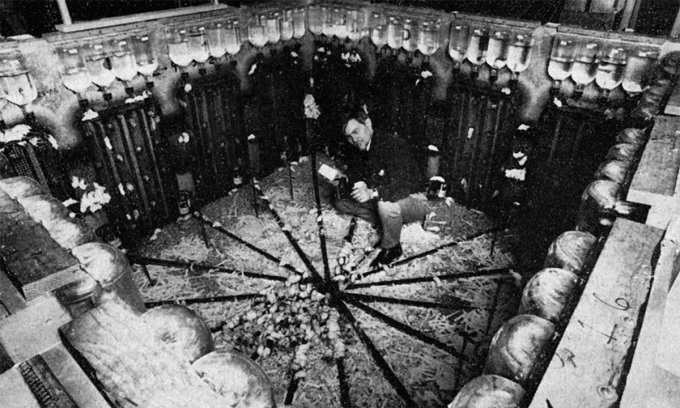
John Calhoun and lab rats in 1970. Photo: Yoichi R Okamoto/Wikimedia
While people were often worried about the lack of resources, in the 1970s, American behavioral researcher John B Calhoun wanted to solve a different problem: What would happen to society if all human wants were satisfied, all needs met? To find out, he set up a series of experiments in which all the needs of rats were met, and tracked how the rats responded over time. The most famous of these was the Universe 25 experiment.
In the study, published in the journal Proceedings of the Royal Society of Medicine , Calhoun placed four pairs of mice in an “ideal city.” The environment was designed to eliminate the problems that would normally kill them in the wild.
They have unlimited access to food from 16 funnels, accessed through tunnels, up to 25 rats can eat at a time, and water bottles are placed directly above. Calhoun also provides nesting material. The temperature is maintained at 20 degrees Celsius, which is ideal for rats. The rats are selected from a population bred by the US National Institutes of Health and are in good health. Additionally, Calhoun takes strict precautions to prevent any disease from entering the ideal city. There are no predators present.
The experiment began. As expected, the mice used the time they would normally spend searching for food and shelter to mate. About every 55 days, the mice doubled in number. They occupied the most popular nests—the ones with easy access to the food tunnels.
When the population reached 620, growth slowed. The population doubled every 145 days, and problems began to arise in the mouse community. The population split into groups, and those who could not find a role in those groups became isolated. Here, the “extras” could not migrate because they had nowhere else to go. Those who could not find a social role became isolated.
The defeated males “withdraw” both physically and psychologically. They become very inactive and congregate in large groups near the middle of the cage floor. From this point on, they no longer actively interact with their partners, nor do their behavior provoke attacks from other territorial males. However, they are characterized by numerous wounds and scars inflicted by other withdrawn males.
The withdrawn males do not react to attacks and just lie still. They will then attack others in the same way. The mates of these males also withdraw. Some males spend their days grooming, avoiding mating and never engaging in combat. This is why they have such beautiful plumage.
It wasn’t just the retreaters who behaved strangely. The dominant males also became extremely aggressive, attacking others without any motive or reward, often raping both males and females. Violent encounters sometimes ended in cannibalism.
In Universe 25, the mice's every need is met and mothers abandon their babies or simply forget about them completely, leaving them to fend for themselves. Mothers also become aggressive towards nest invaders. This aggression becomes excessive and mothers often kill their babies. In some areas of Universe 25, the infant mortality rate is as high as 90%.
All of this occurs during the first stage of the collapse of the ideal city. During what Calhoun calls the “second death,” the pups that survive the attacks from their mothers and others grow up behaving abnormally. As a result, they never learn normal rat behavior, and many show little or no interest in mating, preferring to eat and groom themselves.
The population peaked at 2,200, far short of the ideal city’s 3,000 capacity, and then began to decline. Many were uninterested in reproducing and retreated to the upper levels of the enclosure, while others formed violent gangs below, frequently attacking and cannibalizing each other. Low birth rates, high infant mortality, and the violence combined to cause the entire population to die out before long. During this “apocalyptic” period, food was plentiful and their every need was met.

Photo of John B Calhoun, who performed the Universe 25 experiment on mice, in 1986. Photo: Wikimedia
"In simple animals like mice, the most complex behaviors involve courtship, maternal care, territorial defense, and social order within and between groups. When behaviors related to these functions are not cultivated, there is no development of social organization and no reproduction. As in my case, the entire population ages and eventually dies. The entire population dies," Calhoun concluded.
He believed that the mouse experiment could also be true for humans, and warned of a day when all needs would be met. His experiment and conclusions were quite famous at the time, echoing the popular feeling that overcrowding in urban areas led to “moral decay”. But in recent times, people have questioned whether the experiment could really be applied so simply to humans.
The end of the ideal rat city may not have been due to density, but to excessive social interaction, according to medical historian Edmund Ramsden. "Not all of Calhoun's rats went crazy. Those that could control their space lived relatively normal lives," he notes.
Thu Thao (According to IFL Science )
Source link




![[Photo] Prime Minister Pham Minh Chinh receives Mr. Jefferey Perlman, CEO of Warburg Pincus Group (USA)](https://vstatic.vietnam.vn/vietnam/resource/IMAGE/2025/4/18/c37781eeb50342f09d8fe6841db2426c)



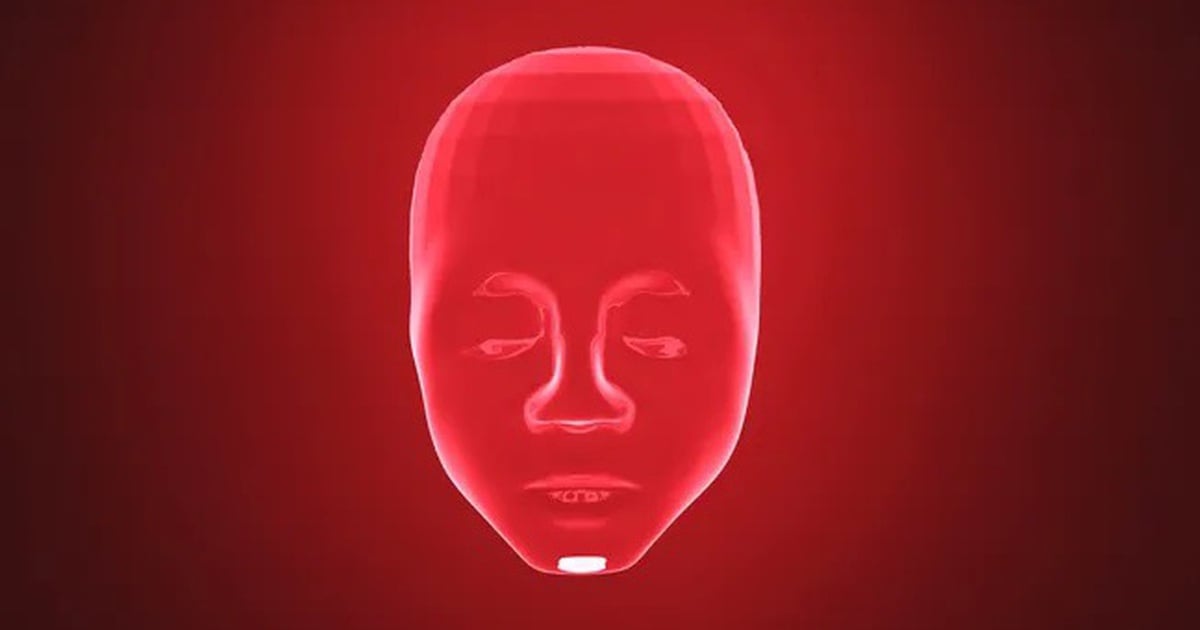

















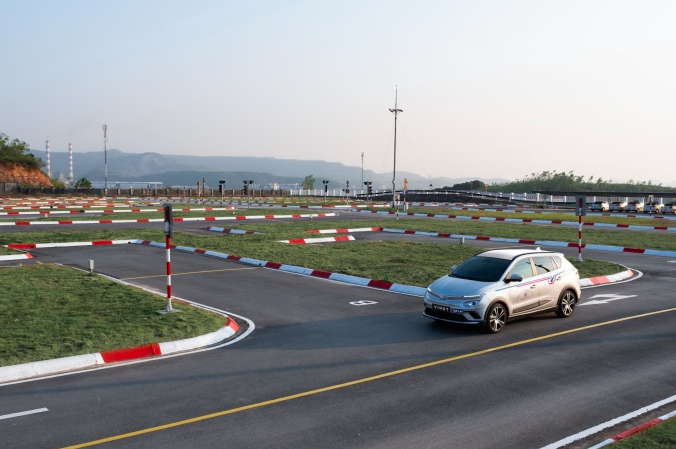
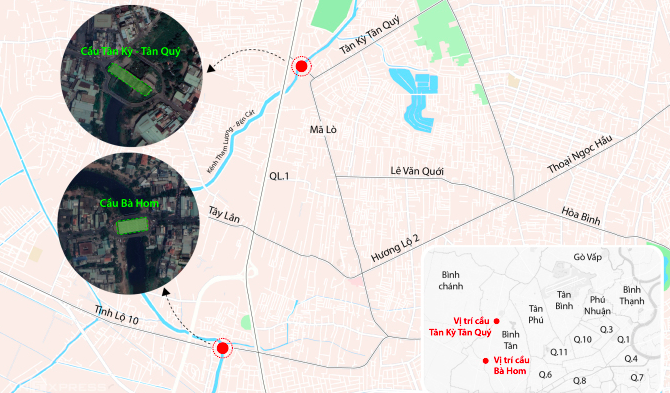


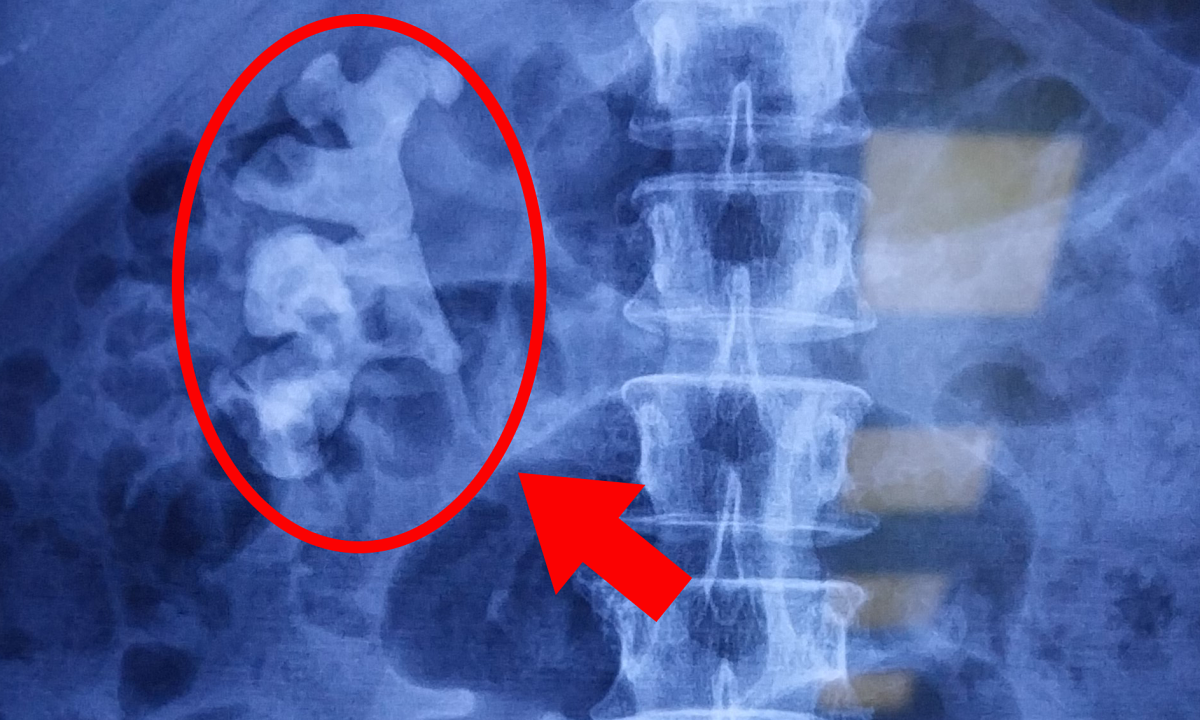


































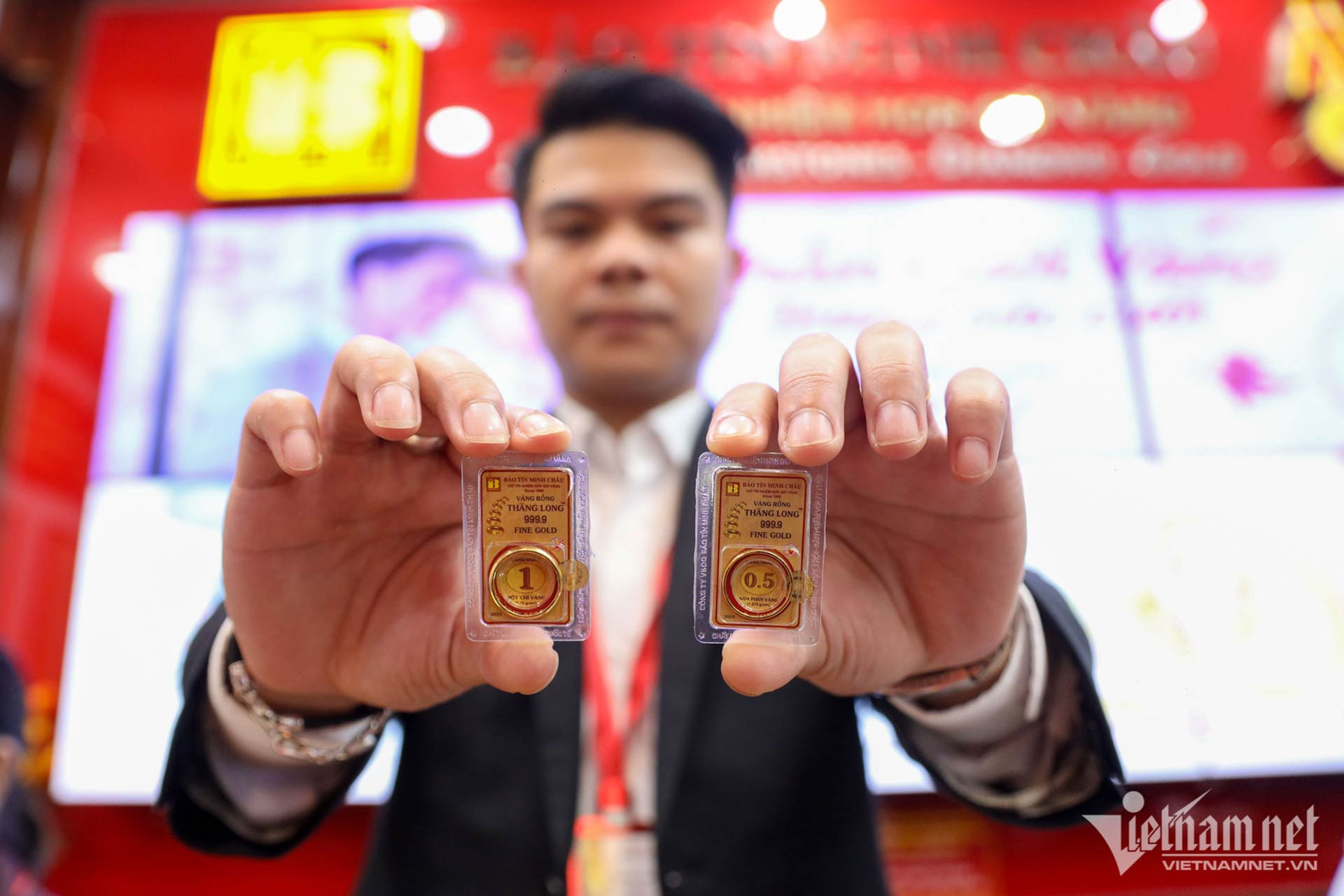
































Comment (0)